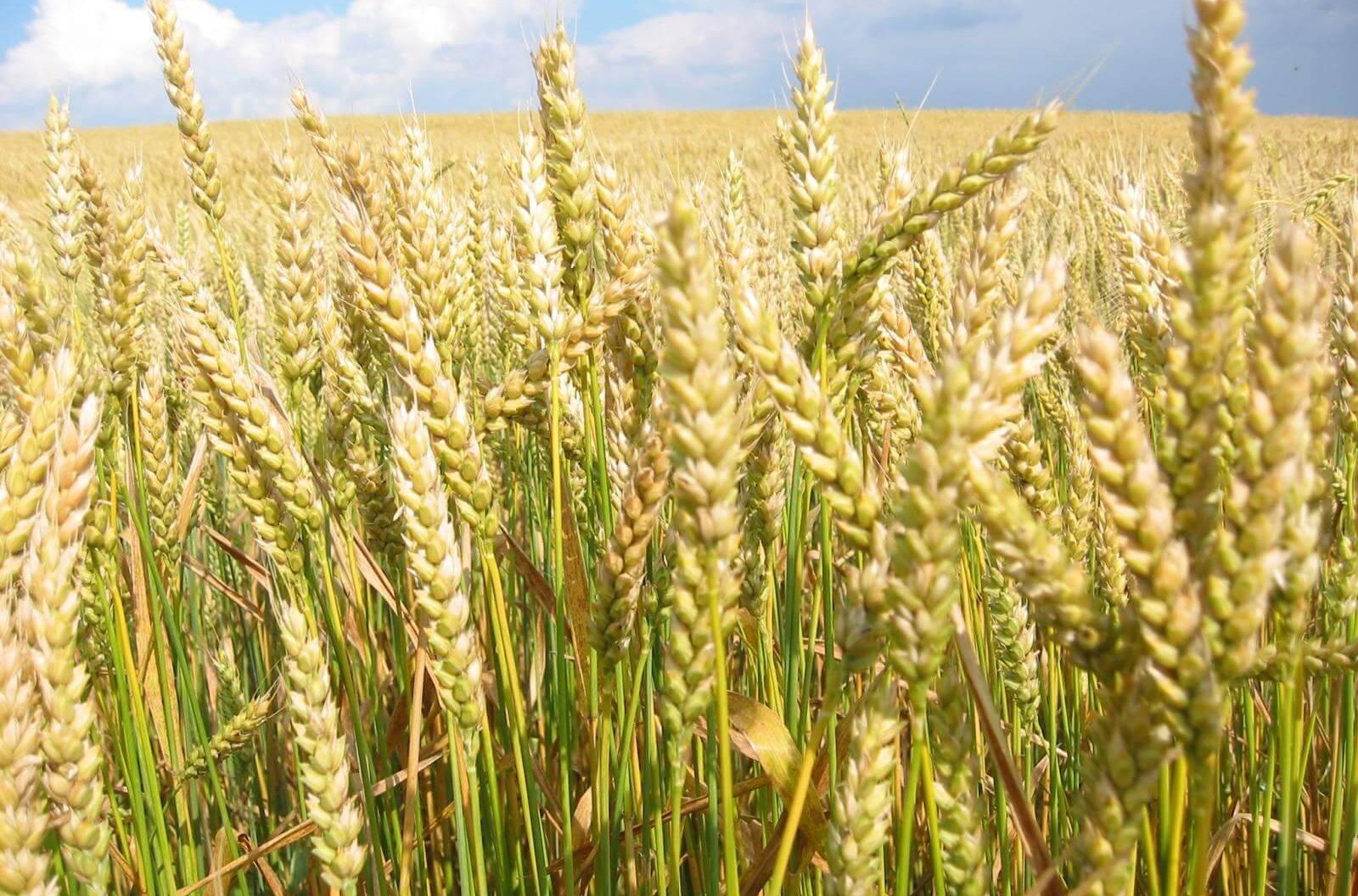Frost damaged wheat makes unexpected recovery in Western Australia research trial

A long coleoptile wheat trial in Western Australia has surprised and excited researchers after it made a “significant” recovery from a damaging frost.
A coleoptile is the first shoot that comes out of the wheat seed when it germinates and makes its way to the surface to become the first leaf, a longer length coletopile allows for seeding at greater depths.
Agronomist Michael Lamond has been overseeing the Grains Research and Development Corporation (GRDC) West trials of wheat containing long coleoptile genes, growing at a number of sites across state’s grain growing region.
Mr Lamond said one trial of wheat containing a Rht18 coleoptile gene, located at Hines Hill south of Merredin, took an interesting turn after it was badly damaged by frost.
“We noticed specifically the Mace18, so that’s Mace (wheat) with the Rht18 gene in it had lots of green heads at the base,” he said.
“We harvested the frosted areas, we yielded that and then we came back to harvest the re-growth.
“When we went back and harvested that re-growth we got between 400 and 500 kilos.
Mr Lamond said wheat containing the Rht18 trait was the only crop to produce additional heads.
Frost is estimated to cost the Australian grains industry $360 million annually, and Mr Lamond said the frost recovery was “totally unexpected”, but it was a significant development.
Mr Lamond said throughout the trials, wheat containing the Rht18 gene had more vigour, and while it was yet to be determined why the wheat was able to recover so well, he expected this played a part.
The aim of the trial was to determine how long coleoptile wheat fitted into the farming system.
“The Rht18 gene, it doesn’t actually give you more cells in the coleoptile, they just grow bigger, they elongate more, so instead of having something that’s 60 millimetres [long] they’ll be 120 to 150mm,” Mr Lamond said.
“It gives you a lot stronger plant as it’s coming through the profile, so you can handle furrow fill from wind, or water logging.
“From what we have seen this year, I think this trait is going to have more of a place in main season plantings than opportunistic early plantings.”
The trial, which also contains wheat varieties with a longer coleoptile but without the Rht18 gene, will continue into next year.
Read also
Wheat in Southern Brazil Impacted by Dry Weather and Frosts
Oilseed Industry. Leaders and Strategies in the Times of a Great Change
Black Sea & Danube Region: Oilseed and Vegoil Markets Within Ongoing Transfor...
Serbia. The drought will cause extremely high losses for farmers this year
2023/24 Safrinha Corn in Brazil 91% Harvested
Write to us
Our manager will contact you soon



